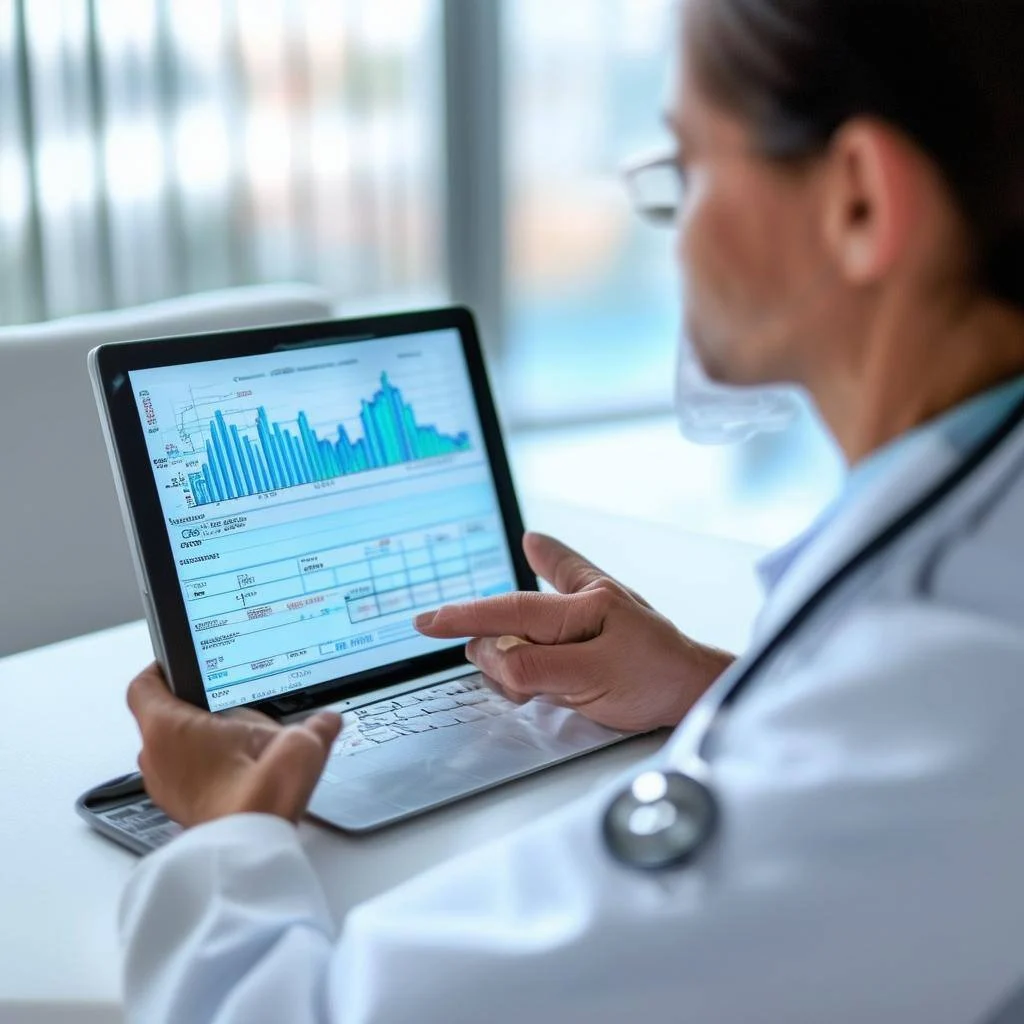Remote patient monitoring (RPM) is a new concept revolutionizing healthcare by enabling physicians to monitor the patient’s condition outside the clinical setting. Despite this, many practitioners find it difficult to manage the billing aspect of remote patient monitoring. New methods of charges and their relation with the updated technology are now useful for more efficient collection. Below, I explore some significant strategies that have impacted RPM billing.
Remote Patient Monitoring Billing: A New Frontier
Remote patient monitoring billing is a process through which proficient healthcare providers get the reimbursement of services provided to patients through technology-driven remote surveillance. It encompasses services such as the collection and analysis of health data from devices that clients use at home. These can be heart monitors, diabetes monitors, or even a blood pressure cuff.
As more patients seek clinical services through telehealth, it is crucial to establish billing for RPM services. Billing is important in that it enables healthcare providers to be compensated for the valuable service they render to their patients. However, various billing practices reduce the overall revenue due to outdated strategies or practices. This is where creative solutions are to be introduced.
Advanced Analytics: Interpreting Outcomes
When it comes to enhancing revenue generation on remote patient monitoring, advanced analytics is among the best practices. RPM involves the aggregation of a huge amount of health information daily. Thus, through enhanced data analytics, one can not only keep track of patients but also improve necessary billing services.
This is especially useful for patterns that are hard to spot by the human eye, for instance, how many patients use their monitoring devices or how their condition changes over time. It is also useful for sorting billing codes to ensure that a provider is properly compensated for the services they render. Besides, analytics can also be used in predicting future health needs, enhancing the delivery of care, and raising the overall revenue of an organization.
Integrated Billing Systems: Emphasis on the Ease of the Process
Another revolutionizing element when it comes to RPM services is an integrated billing system. Rather than working with several software applications or financing patient management and charging separately, healthcare organizations can employ integrated solutions that allow for monitoring patients and billing within one application.
This integration assists in the remote patient monitoring billing process because it centralizes all the processes. It guarantees that all services to clients are properly billed and any claims for reimbursement are submitted without mistakes or undue wait times. This simplification , such as lower billing error rates, quicker payment, and fewer working hours spent on administrative tasks.
Lastly, integrated billing systems can directly interface with insurance companies to ensure the correct coding of all services and minimize the instances of claim denial. These extensive interactions will also create a smoother line of reporting that can substantially raise revenue.
New Payment Models: Moving Beyond Fee-for-Service
The fee-for-service reimbursing system has some drawbacks and may negatively affect the revenue development of telehealth medical billing and RPM. As a response, new payment models that provide better readings concerning reimbursements for remote care are being developed.
One such model is value-based care. It majors on the quality, not quantity of service delivery to the patients. In value-based care, healthcare providers receive a higher payment if a patient has an improved outcome compared to when a patient has no improvement. This model makes doctors quickly concern themselves with patient’s health and more regarding, avoiding hospitalization this lowers the overall cost of healthcare and enhances the revenue of the provider.
Another novel model of billing is known as subscription-based billing. In this model, patients contribute a monthly or yearly charge for their remote monitoring services. This gives the care providers a steady source of income and at the same time, patients receive services without being billed on every service offered to them.
Optimizing Reimbursement with Telehealth Medical Billing
It is also important to note that there have been advances in telehealth medical billing in the recent past. Remote consultations and monitoring services, also classified as telehealth services, are usually bundled with RPM services. Telehealth’s popularity has increased significantly in recent years and even more so after the COVID-19 outbreak to present more billing avenues for them.
Therefore, when healthcare providers implement both the telehealth medical billing and the RPM billing approaches, they will be able to reap high levels of revenue. For example, by charging for the telehealth consultation jointly with the RPM data review, they are guaranteeing complete patient care while also charging in full for all services offered.
Sustainable Healthcare Practices for the Future
As the face of care shifts more towards remote and digital, this process must be sustainable. Strategies of billing allow remote patient monitoring billing to be effective and financially rewarding. However, billing integration, investment in technology, and the shift towards different payment models all present healthcare providers with an opportunity to build a lucrative future for remote care.
In the long term, these strategies will be useful in achieving the objectives of increasing revenues and enhancing patient care. Given that patients will increasingly rely on remote care solutions, the healthcare providers who adopt efficient billing models will benefit.
Conclusion
The trend in RPM billing is still dynamic with new strategies that are sweeping across the market to make billing for the service easier while at the same time generating more revenue for providers. Also mentioned that through the use of analytics, integrated billing systems, and new payment models, the professionals will be in a better position to be compensated fairly. In addition, due to its ability to drive more revenue by providing an enhanced chance of reimbursement, telehealth medical billing is also an advantageous factor in the expansion of the telemedicine market. By using these strategies, healthcare providers can ensure that they deliver the best quality services.
